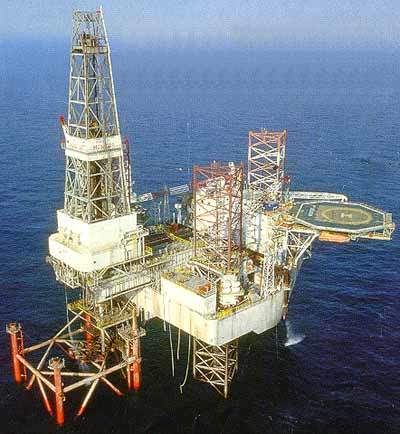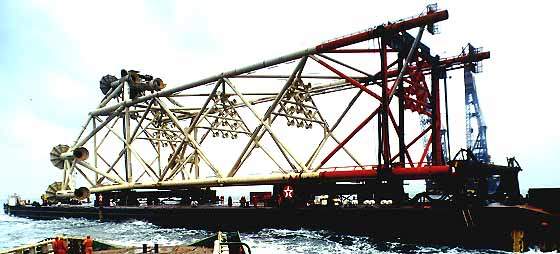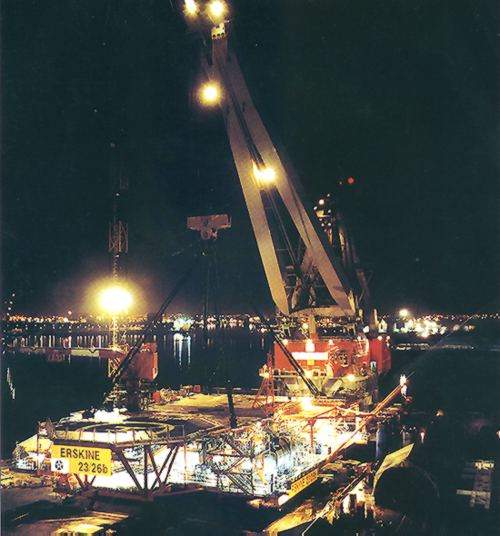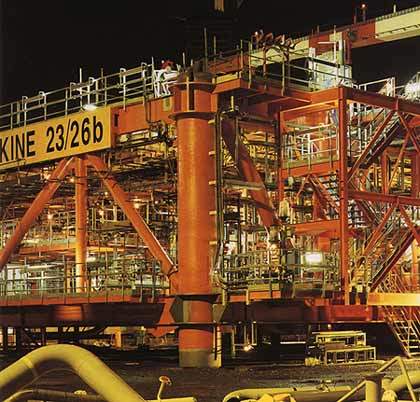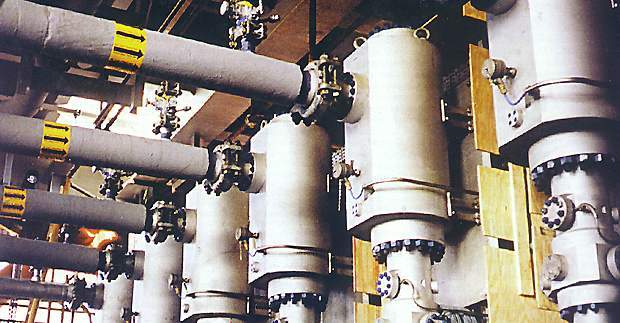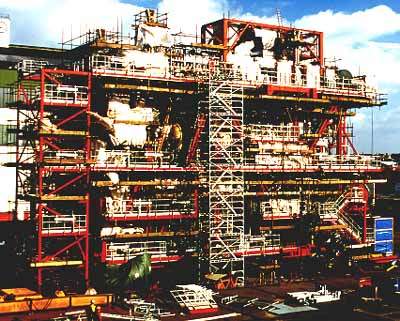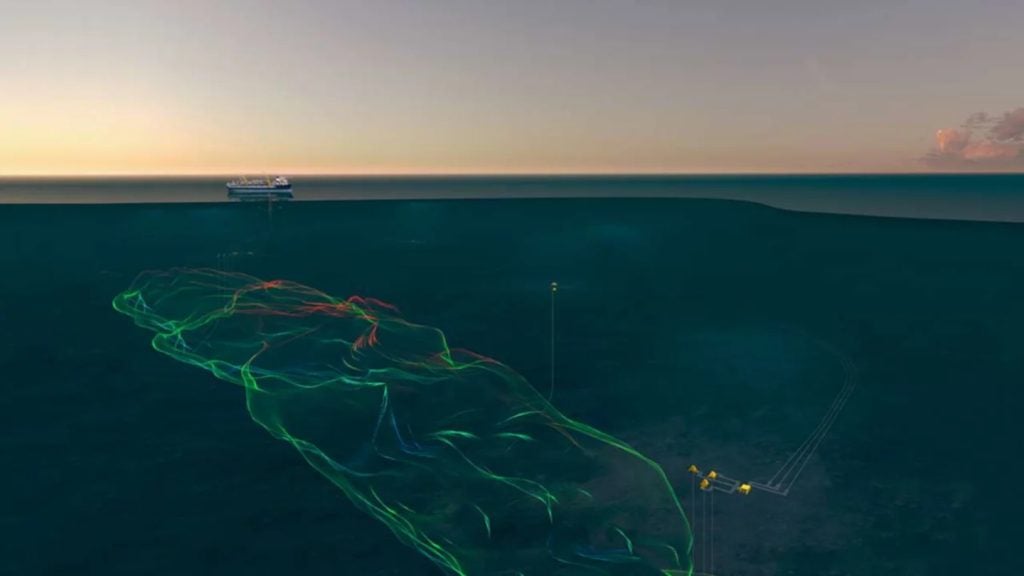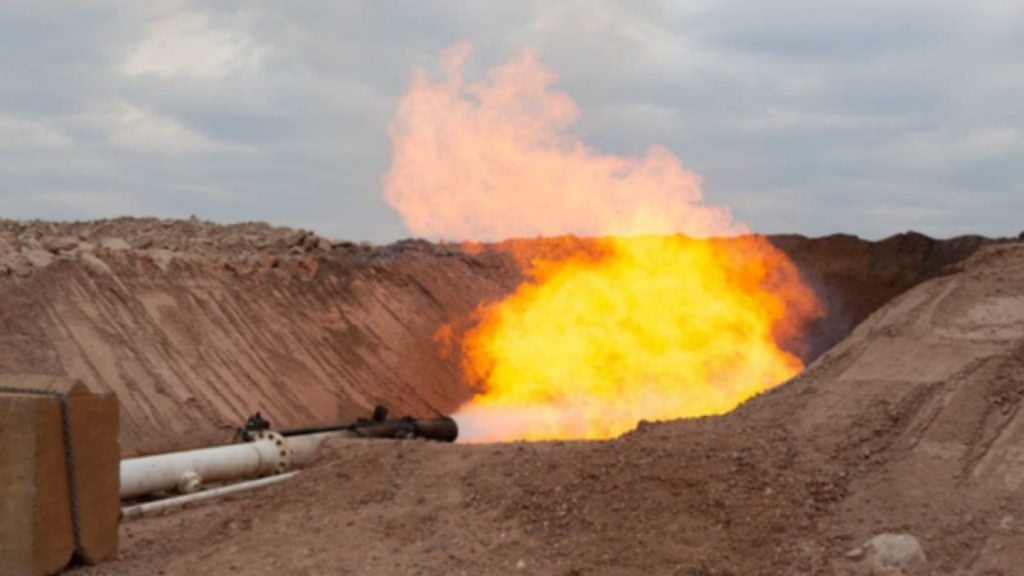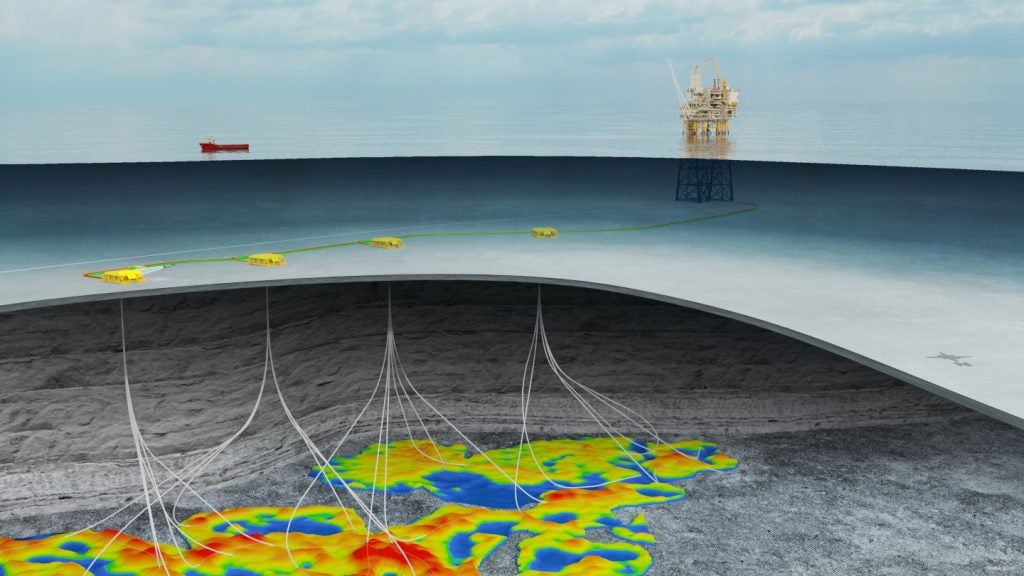Erskine was originally discovered in 1981, during the drilling of a north / south trending Jurassic sandstone reservoir. Main reserves were found in three separate, but generally overlying, sandstone-producing horizons. On its western flank, the beta terrace remains unexplored.
However, the field was not initially developed due to a number of reasons such as the lack of export infrastructure, an uncertainty regarding the field size and most particularly, technical concerns relating to the well fluids. These contained up to 33ppm H2S, 5.5 mole % CO2 and 90,000ppm chlorides. The condensate also contained approximately 10%wt of wax-forming compounds.
More important was the extreme downhole environment. This included a bottom-hole pressure of 14,000psi, temperatures of 350°F (175°C), a wellhead shut-in pressure (WHSIP) of 10,600psi and flowing surface temperatures of 300°F.
Development
Developments were delayed until the early 1990s, when changes to the Petroleum Revenue Tax rules and efficiencies in the CRINE initiative prompted Texaco to reconsider the field. By that time, Amoco had installed its Lomond platform 30km away, providing the designers with a possible export option for the first time.
It was decided that six wells would be drilled on a north / south trending line, through the maximum thickness of the reservoir. To save the high cost of a platform rig, three of the six wells (two in the Pentland formation and one in the Erskine sands) had to be drilled prior to the field going on-stream.
With a water depth of just 300ft, it was decided that the four-leg vertical tower steel jacket would be used, to accommodate a total of 12 wells. In order to simplify fabrication and allow the close approach of a jack-up to be cantilevered over to drill the wells, the jacket was parallel-sided, with pile foundations offset at 45° from the jacket face. This was to minimise interference with the jack-up’s spud cans.
In June 1995, Saipem UK won a contract for the detailed design, procurement, construction and installation of the jacket. Tecnomare carried out detailed engineering and the jacket was built by Lewis Offshore. Just nine months later, the 2,500t jacket was installed, in accordance with the fast-track programme.
Topsides
The facilities inside the topsides are specially adapted for high-pressure / high-temperature (HP / HT) service. In order to minimise the exposure of personnel to HP / HT safety risks, it was decided that the facilities would remain unmanned.
All wellstream pipework is manufactured from solid 25%-Cr super-duplex materials, designed to withstand full wellhead shut-in pressure (WHSIP). Flowlines are directed in a pathway, circumnavigating the wellbay to allow the necessary flexibility and alleviate stresses imparted by thermal loads and pressures. The exterior of the duplex-pipe surfaces under thermal insulation are coated with thermally sprayed aluminium (TSA), which provides protection against external chloride stress cracking.
The Erskine platform is tied back to a host platform (Amoco Lomond) 30km away, by a 16in nominal bore multiphase pipeline. Gas and oil flow to Everest and are transported into the existing CATS gas pipeline and the Forties liquids pipeline system, respectively. Field design production rates are 117 million cubic feet per day of gas and 30,650b/d of fluids.
It was necessary to ensure that the line temperature of the Erskine-Lomond line did not fall below 145°C, as this can cause waxes and hydrates to come out of the solution and coat the pipe, internally. However, the 145°C pipeline-operating temperature created its own high longitudinal loads in the 16in pipe, as well as problems for the external pipe-corrosion coatings.
Lomond
A processing module was required on Lomond to receive the HT/HP wellstream, however, the only available space was limited to a 9m x 19m area. The unit installed accommodated all the facilities for slug catching, separation, condensate and water dehydration, fiscal metering and export compression, and pumping equipment.

